Benefits of Window Replacement
Replacement windows have become a common building upgrade for residential construction in the Houston area. Replacing old, worn windows offers a consumer the promise of improved energy efficiency, a quieter home, and an improved appearance. Often overlooked in the sales pitch are the details of installation and for proper performance the details of replacement matter. We often see replacement windows poorly installed without concern for code required flashing details required for waterproofing. This can and does result in water entry and long-term damage to the structure and finishes that may not be apparent until damage becomes visible at interior finish work.
Common Types of Windows
There are generally two types of windows commonly used in construction in the Houston area. Windows that have a flange or fin around the perimeter and those that do not. Windows having a flange are frequently seen in new construction. The flange provides a method of securing the window to the framing and often is integral to the window assembly making it waterproof and allowing it to be lapped into the waterproofing membrane of the wall assembly assisting in flashing the window. The other common type of window used is a flangeless window. Flangeless windows require more attention to application of the water resistant barrier (WRB) and flashing details, and when properly installed, perform as well as flanged windows. Flangeless type windows are typically used for budget replacement of windows and are frequently found to be improperly installed without following recognized standards or manufacturer specifications. Flangeless windows are used because replacement windows are commonly installed without removing siding. The lack of a flange prevents the windows from interfering with the siding, allowing contractors to push them through the openings in siding while leaving the siding in place, and relying only on sealants between the windows and siding for waterproofing. From the outside they look normal, but most of the installations I have investigated lack the critical flashing details used by quality builders and contractors to prevent water entry.
How Replacement is Typically Performed
Most contractors, including some big names, do so by tearing out the originally installed flanged windows in pieces without removal of the siding materials. This may damage the water resistant barrier around the windows as the nails installed through the flanges are torn out. New flangeless replacement windows are then pushed into place securing them with screws installed through the sides of the jambs with little or no concern for the interface to the water resistant barrier of the wall system. Backer rod filler to help reduce sealant use may be inserted around the windows between the window frames and the siding, and a sealer is applied between the window and the siding or trim. Because siding is not removed there is no access to integrate flashings to the existing water resistant barrier wall waterproofing. Why don’t installers remove the siding? Because, depending upon siding materials, the removal of the siding can double their cost of window replacement, or more, and may result in appearance issues if patching of the siding is not well performed. It is generally not possible to reliably install a flashing detail between the windows and waterproofing of the wall system in most sidings without removal of the siding at the window due to a lack of clearance to access the water resistant barrier in the middle of the wall materials layup.
Improper Rough Sill Detail
No sill flashing detail was used leaving the brick siding exposed from the interior of the building.
The Right Way
Most replacement window installations I have observed do not meet code requirements for window installation in the IRC 703.1, 703.2, or 703.8 which can result in serious leaks into the building. We frequently see such installations because many contractors do not obtain permitting through the city and as a result no inspections by the city take place. Additionally, if the client does not require it, no third party inspection occurs. Inspections to view flashing details would be necessary prior to application of siding and caulking and, in some cases, prior to setting of the windows depending upon the details used.
Siding Removal for Window Replacement
Removal of siding to allow interface to the water resistant barrier and repair the barrier if needed.
Damaged Water Resistant Barrier
Water resistant barrier was damaged below the window opening visible when siding was removed.
Questions to Ask
While this article was not intended to be exhaustive it was written to bring to your attention the potential water entry problems we most commonly see with replacement windows. There are other factors to consider and a few questions to ask your installer.
- Does the window installation standard for your replacement windows meet current code requirements?
- What installation standard is your installer following? ASTM or AAMA? They should provide a copy and keep it on site during the work.
- Is your installer obtaining a permit in cities where permitting for construction is required?
- Does the replacement window warranty cover leaks at the interface to the water resistant barrier?
- Do the replacement windows meet wind storm loading requirements for your area? This includes the window design and requirements of installation to transfer wind loads to the frame of the building without failure.
Final Thoughts
When you are updating the windows, you must meet code requirements for flashing, fall safety, egress in the event of an emergency, wind storm standards, and required locations for safety glazing. If you don’t pull permits these safety concerns may never be considered. Click this link for a good article in the Journal of Light Construction which covers this aspect of replacement windows, which is worth a read.
Not sure where to start? Contact our offices and we can help keep you on the right track. Based upon a site inspection we can help you to review your agreements for replacement of your windows and review the work during construction. You should start a project with meaningful documents that you and your contractor agree upon which includes:
- specific details including what the scope of the work will include
- what standards will be followed
- what materials will be used
- who will provide 3rd party inspections for quality assurance or dispute resolution
Whenever you are doing any type of project at your home or office the project should always start with proper documentation.

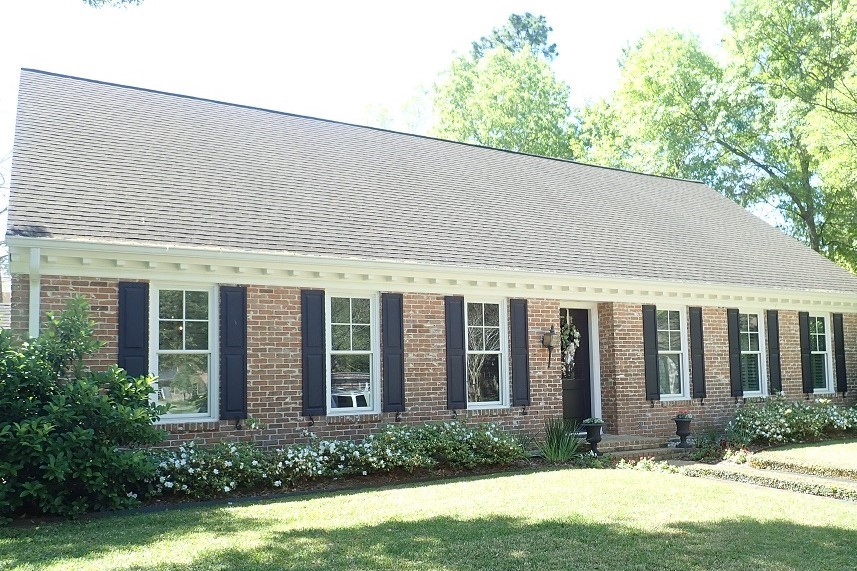
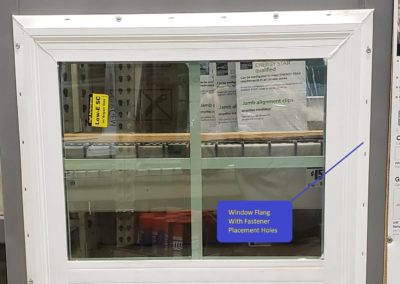
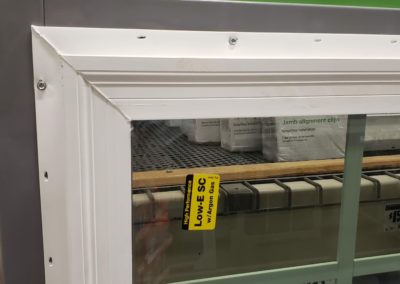
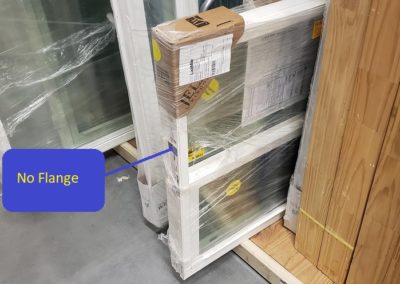
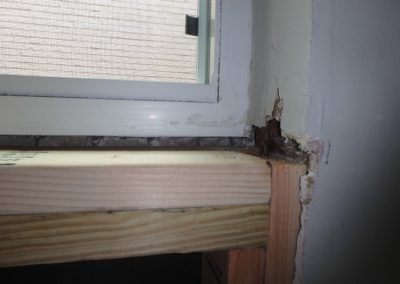
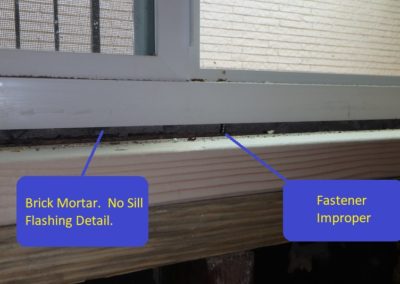

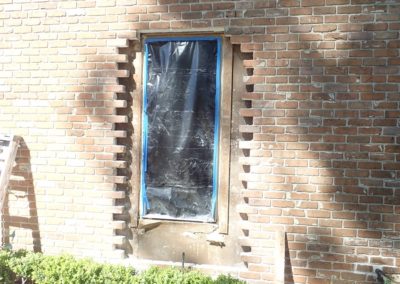
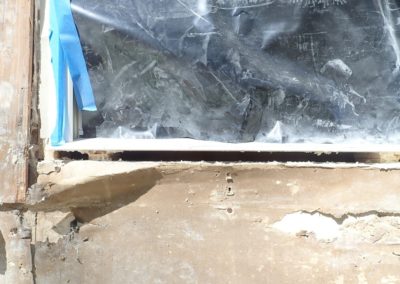
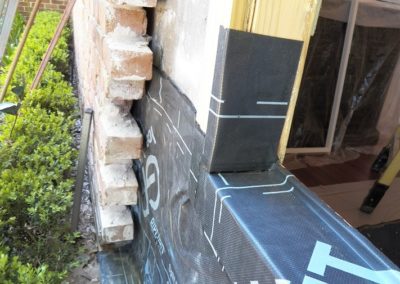
Recent Comments